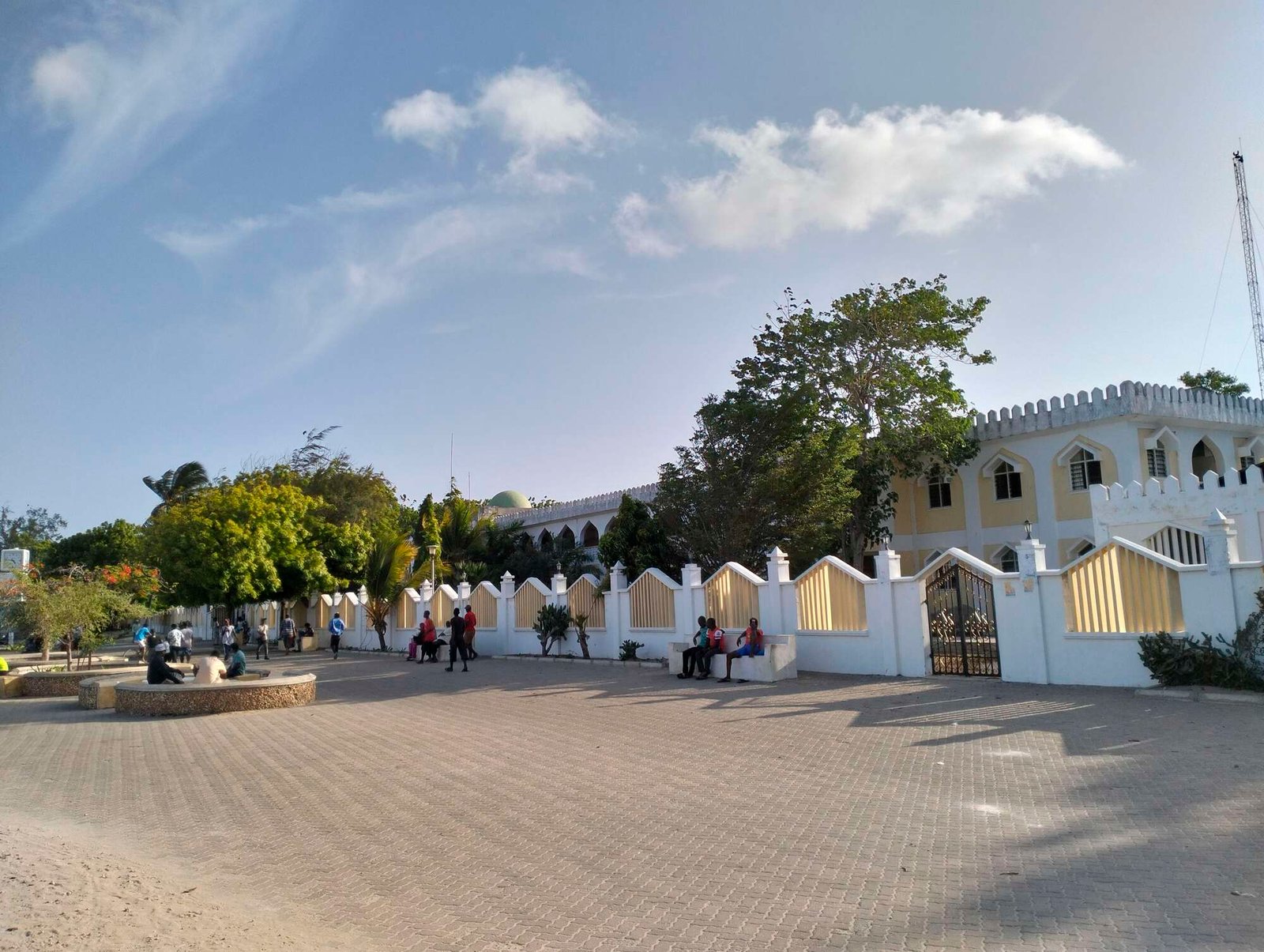[ad_1]
Heritage
Fahd Referral Hospital: Saudi king’s project that put Lamu on world heritage map
Wednesday January 25 2023
The front view of the Lamu King Fahd County Referral Hospital which was built and completed in 1989 was named after Saudi King, Fahd. PHOTO | KALUME KAZUNGU | NMG
The King Fahd Referral Hospital in Lamu is the most important health centres in the Lamu archipalego, serving fur flung islands where healthcare facilities are scanty.
Formerly known as the Lamu District Hospital, it was established in the 1980s in Mkomani and it was influential to the listing of Lamu Old Town as a World Heritage by the United Nations Educational, Scientific, and Cultural Organization (Unesco) site about to decades ago.
In 1984 the Kingdom of Saudi Arabia, through King Fahd Ibn Abdul Aziz Al-Saud awarded the people of Lamu a $1 million grant (Sh114, 630,000) for the construction of a hospital, amongst other projects.
Read: Lamu Friday mosques: Retracing 600 years of Islamic worship
Under the leadership of the late President Daniel Toroitich Arap Moi, the project initially started its implementation at Mokowe town on the mainland but later relocated to the island in Lamu town.
This followed a successful petition by the residents to have the hospital constructed on the mainland, citing challenges to access the facility across.
The construction was completed and opened in 1989 and the hospital was named in honour of the Saudi ruler.
Fahd bin Abdulaziz Al Saud was king of Saudi Arabia from 1982 until his death in 2005.
According to Athman Hussein, National Museums of Kenya Assistant Director of Antiquities, Sites, and Monuments in charge of the Coast region, the naming of the facility after the Saudi king was approved by then the District Development Committee which was the district decision-making body, as proposed by Lamu Community and the Ministry of Foreign Affairs in Kenya.
The entrance of the Lamu King Fahd County Referral Hospital. PHOTO | KALUME KAZUNGU | NMG
Mr Hussein termed the naming of the facility and its unique architectural design that rhymes with the Lamu Old Town buildings as significant to the subsequent listing of Lamu Old Town as a Unesco World Heritage site in 2001, just 12 years after the hospital was completed.
“The King Fahd hospital greatly influenced the decision by Unesco to list Lamu as a World Heritage site. By the time plans to construct the facility were initiated way back in 1982, the Lamu Old Town was already under a conservation programme through an Act of Parliament,” said Mr Hussein.
Unique architectural plan
He added, “so, Nairobi and the Middle East had to approve a unique building plan that corresponded with the already ongoing conservation programme. That’s why the facility was built in a way that couldn’t jeopardise the historical building’s unique architectural plan in the Old Town. And this subsequently sped up the processes to have Lamu listed as a Unesco World Heritage site.”
Read: Kiti cha Enzi: Lamu’s power seat with a 500-year-old history
Lamu County Medical Services Director, Abubakar Baasba said the support from the Kingdom of Saudi Arabia had greatly revolutionised the facility to its current status.
The facility has progressively improved and now offers 24-hour services with the availability of several specialists and the provision of specialised services.
“The financial support by the Saudi government in building this unique facility has borne fruits. Today, King Fahd has grown to become the county’s referral hospital. It offers specialised services, including dialysis, surgical operation, modern radiological services, ENT, Ophthalmic among others,” said Dr Baasba.
Being the main health facility in Lamu, King Fahd serves the whole county with a population of 143,920 people, according to the 2019 Kenya Population and National Housing Census Report.
[ad_2]
Source link



